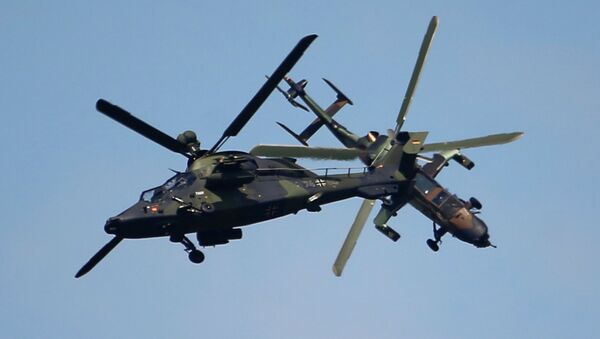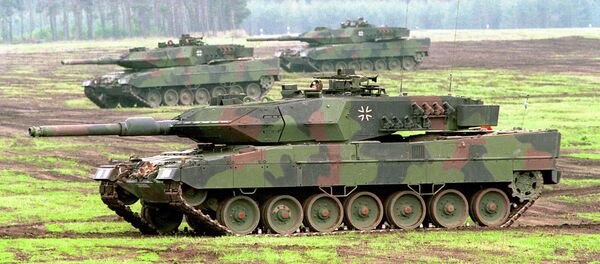The future Tiger Mk3 modifications will be ready after a Mid-Life Upgrade (MLU), which is deemed essential for the gunship.
“The shared goal of the Nations is to ensure that the TIGER remains at the cutting edge of attack helicopters in the world over the next decades,” the OCCAR statement reads.
After being constantly deployed over the past six years, first in Afghanistan and later during French campaigns in Libya and Mali, this formidable attack helicopter definitely has a story to tell. Engineers are eager to commence an architectural study of the machine.
The areas in which improvements are to be made include “maintainability,” as well as “survivability or operability, with a strong focus on Life Cycle Cost”, according to OCCAR’s statement.
“The study will allow Nations to choose which combinations of equipments, functions, performances and architectures should be selected for the future development phase of the TIGER weapon system”, set after 2020, the source reads.
Development of the Tiger has essentially been a collaborative project since it began in the late-1980s. Australia, France, Germany and Spain are currently the helicopter’s primary users.
Australian Army Tiger helicopter landing at the forward arming and refuelling point, Exercise Talisman Sabre 2015. pic.twitter.com/6TPLu8Ilof
— Michael B Cooper (@Cranky_Cooper) August 19, 2015
The two-seat, highly-maneuverable helicopter, equipped with stealth technology, entered service in 2003. It is capable of carrying out a wide range of combat missions, operating either from the ground or from aircraft carriers. The chopper has various laser and radar systems installed alongside advanced avionics and heavy armament.



